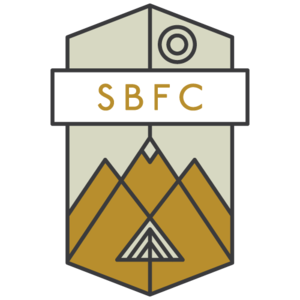What is Wilderness?
Wilderness, as defined by the Wilderness Act of 1964, is natural place where the earth and its communities of life are left unchanged by people, where the primary forces of nature are in control, and where people themselves are visitors who do not remain.
In 1964, President Lyndon B Johnson signed into law an act that set aside an initial 9.1 million acres of wildlands for the use and benefit of the American people. Since then, Congress has added over 100 million acres of designated wilderness to the American landscape. The Selway-Bitterroot and Frank Church-River of No Return Wilderness are some of the largest, most awe-inspiring, and biologically-diverse natural wilderness spaces that our nation has to offer.




